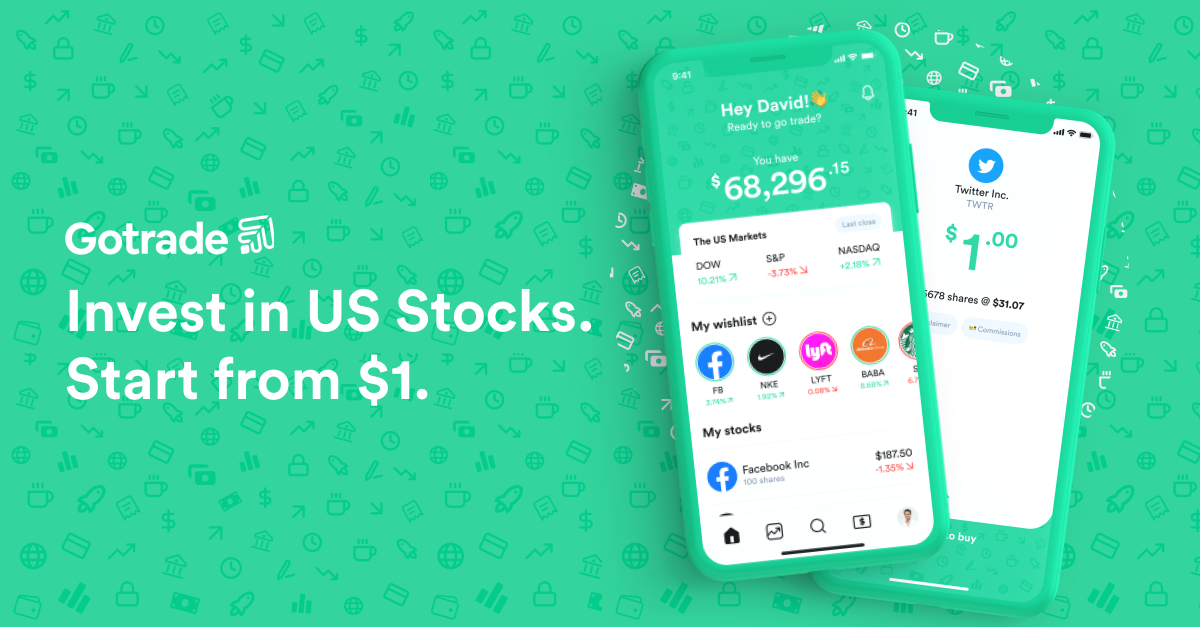Shorting Stocks for Dummies
Shorting Stocks for Dummies
I thought it would be a good idea to approach this subject with a “shorting stocks for dummies” kind of angle, due to the fact that so many people out there get confused over the issue of shorting stocks, and for one primary reason—they (like myself when I was first introduced to the concept) have a hard time understanding how you can sell something you don’t own. My first words to you are—don’t feel like a dummy! It takes time to absorb some of these strange financial concepts that make up the intriguing world of stock market investing. The cool thing about it is, the more you surround yourself with information about stock investing in general, the more sense it will make to you. Hopefully this hub will clear up some of the “haze” surrounding shorting stocks, and make you feel more confident in your understanding of stock trading concepts in general. The long and short of it (no pun intended) is that shorting a stock means that you sell a certain number of shares of stock in the open market in anticipation of a price decline. When you do this, you immediately get credited with the proceeds of this sale. For instance, if you were to short 100 XYZ stock at $50.00 per share, this would yield proceeds of $5,000 (this is an example only, so we won’t factor in commissions and exchange fees). And before I go any further, yes, the word “short” is a verb in the stock market world, and it is perfectly fine to say that you are going to “short” this or that stock. The word “short” can also imply a person who has taken a short position in the market. For instance, you could say “When the stock rose 20% in one day, the shorts really got hammered”. But anyway, back to our example—the whole point of shorting a stock is that you expect the price of the stock to go down. It’s the very opposite of going long, which means you buy the stock expecting for the price to rise. In our example, you would short 100 shares of XYZ stock at $50.00 per share, which would yield an immediate cash credit to your account of $5,000. This sounds like you’re getting money for free, but there’s a condition tied to it—the stock MUST go down for you to make any profit. The 100 shares actually shows up as a negative in your account (i.e., “-100 shares”), which means you are short those shares. If the price of the stock remains the same, you only break even, and actually lose money when you factor in commissions and fees. But every dollar that the price of the stock drops, that’s a dollar of profit (multiplied times however many shares you have) that you gain.

Shorting Stocks: The Mechanics
You may be thinking “Back up a minute…how do I sell something that I don’t own?” That’s the beauty of the stock market—what happens is that the brokerage actually lends those shares to you, either from their own inventory or from another client’s account, and sells them in the open market on your behalf, and then credits you for the sale. Of course, every open position must eventually be closed, so eventually you will need to close out your position (this is known as “covering your short” or simply “covering”), but hopefully it will be after the stock’s price has declined—again, this is the whole point of going short. Think about it—according to our example, you shorted 100 shares of XYZ stock valued at $50.00 per share, and received $5,000 for doing so. What if the price of XYZ stock took a dramatic plunge to only $20.00 per share? You could immediately decide to close your position by buying back those same 100 shares, but at $20.00 per share, it would only cost you $2,000 to do so. But wait a minute—you initially received $5,000 when you opened your short position, and it only cost you $2,000 to close your position, so what happens to the remaining $3,000? That’s right—it stays in your account as pure profit, since it represents the difference in price from the time you first opened your short position to the time you closed it. Not a bad move, huh? This happens every day on Wall Street, and it is just as legitimate of a way to make money in the stock market as all the stories of “I bought this stock at $5.00 and now it’s at $20.00” floating around.
There are, however, some drawbacks to shorting stocks. One of the biggest happens to be the risk that you incur—theoretically the risk is unlimited, because there is no upper limit to how high a stock’s price may climb. Now we all know that in reality, stock prices do not go only in one direction forever. But, the risk is still very much apparent, because if you shorted that same XYZ stock at $50.00 per share and then it skyrockets to $90.00 per share, you’re looking at some hefty losses—specifically, a $40.00 loss for each share that you own. So the leverage works both ways. Let’s not forget as well that the highest percentage of profit you can make on the short side is 100%, since the lowest a stock can drop is to zero. So you have theoretically unlimited risk and limited profit. But, let’s face it, short selling can many times be a quicker route to profits, since as the old saying goes, “The bull goes up the stairs, but the bear goes out the window”. What this means is that stocks usually drop at a much faster rate than they rise, especially after a frantic rise to the upside.
So hopefully with everything I stated above, you now have a better understanding of what it means to short a stock. Again, some summary points to remember: (1) You only make money shorting stocks if the price of the stock goes down, and (2) When you short a stock, you have unlimited upside risk, so trade with a proper capital management strategy and have stop-losses in place. Happy shorting!





